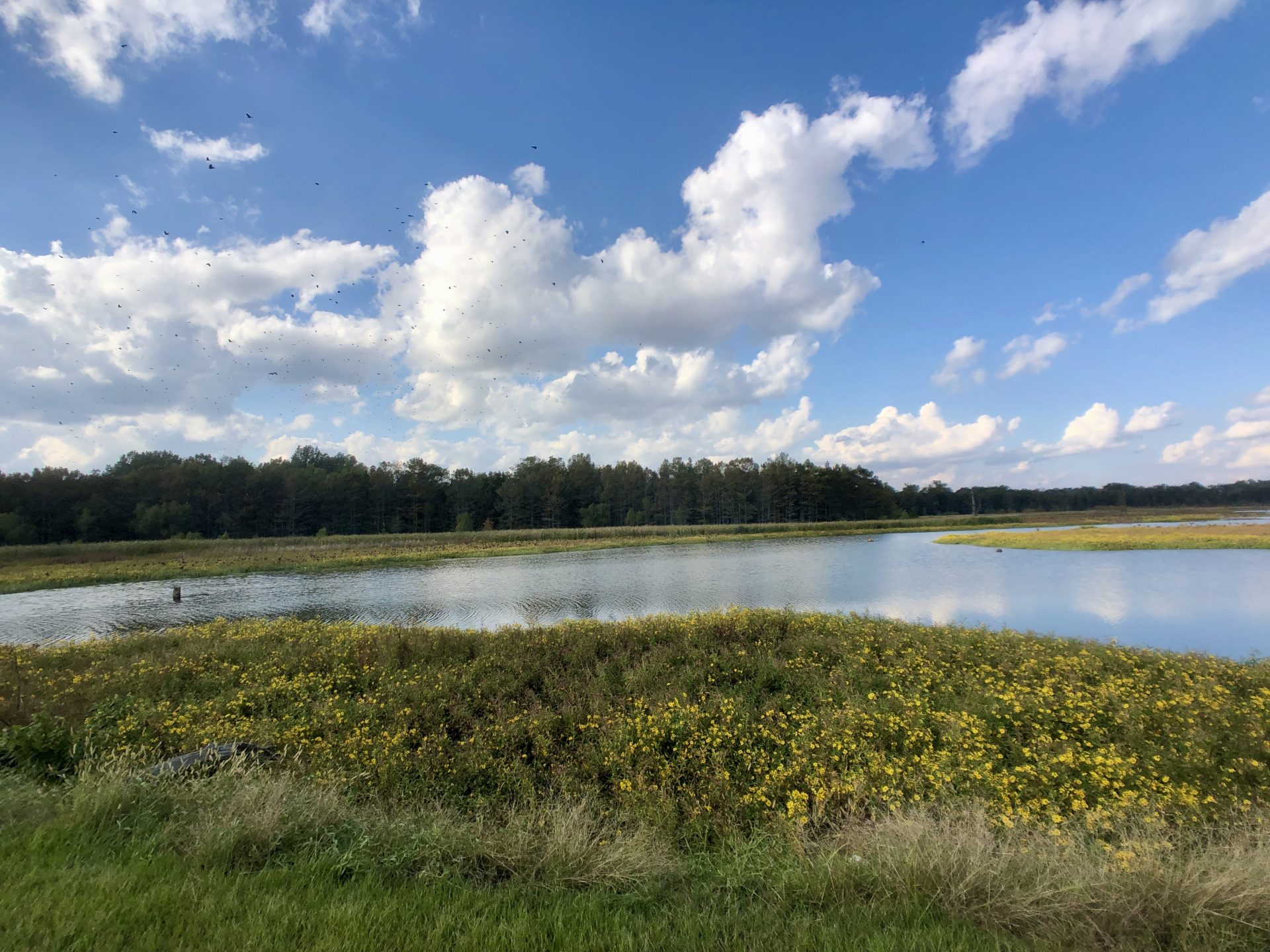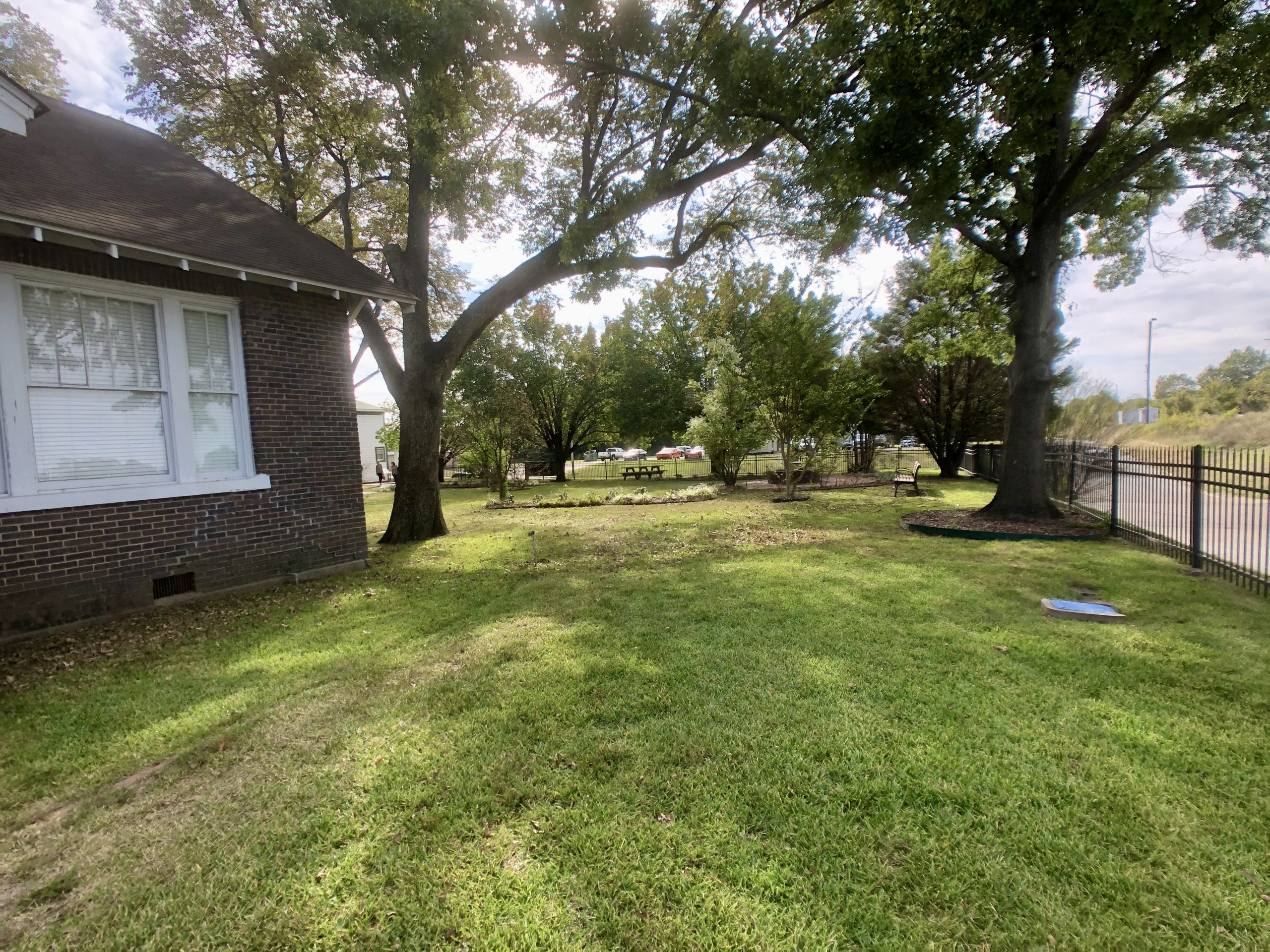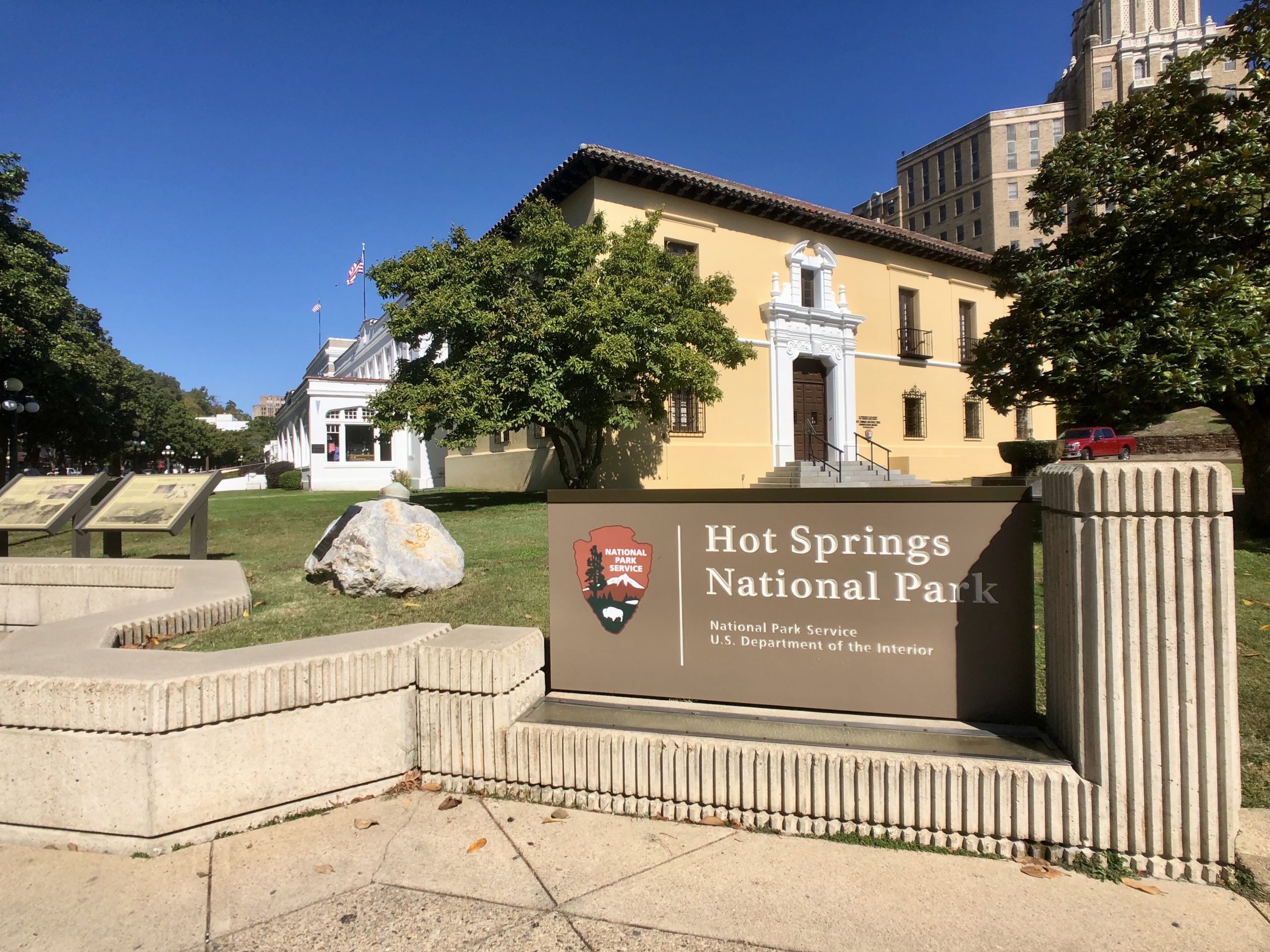“Arkansas Post lies in the Mississippi Delta region of the state.” – National Park Service (NPS)
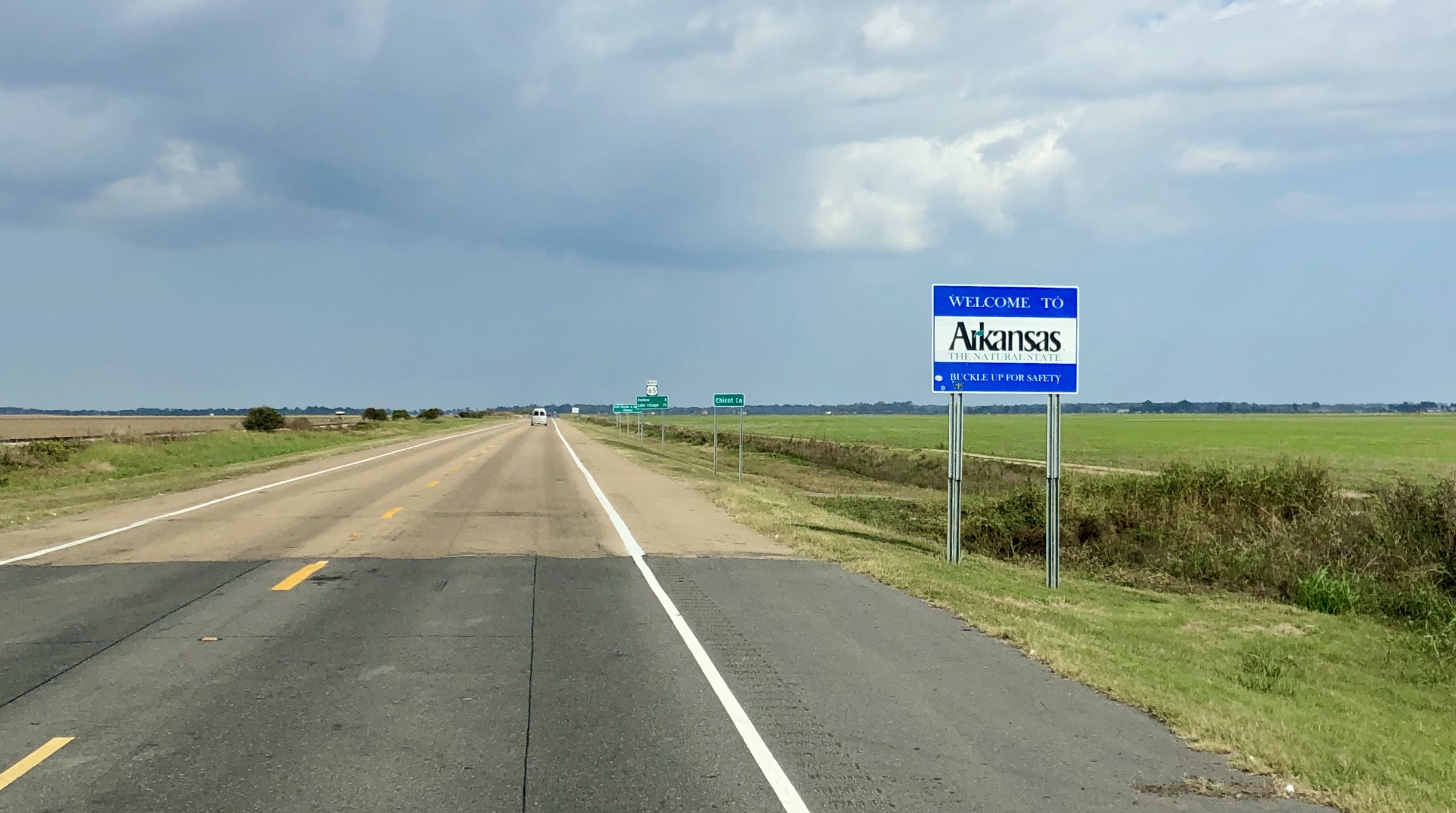
“In 1960 Congress designated Arkansas Post a national memorial. It preserves parts of the town from the 1800s and the approximate site of two trading and military posts from the 1700s.” – NPS

“Located at the confluence of two rivers, Arkansas Post has served as a gathering place for many cultures throughout human history – it represents cultural cooperation, conflict, synthesis, and diversity.” – NPS
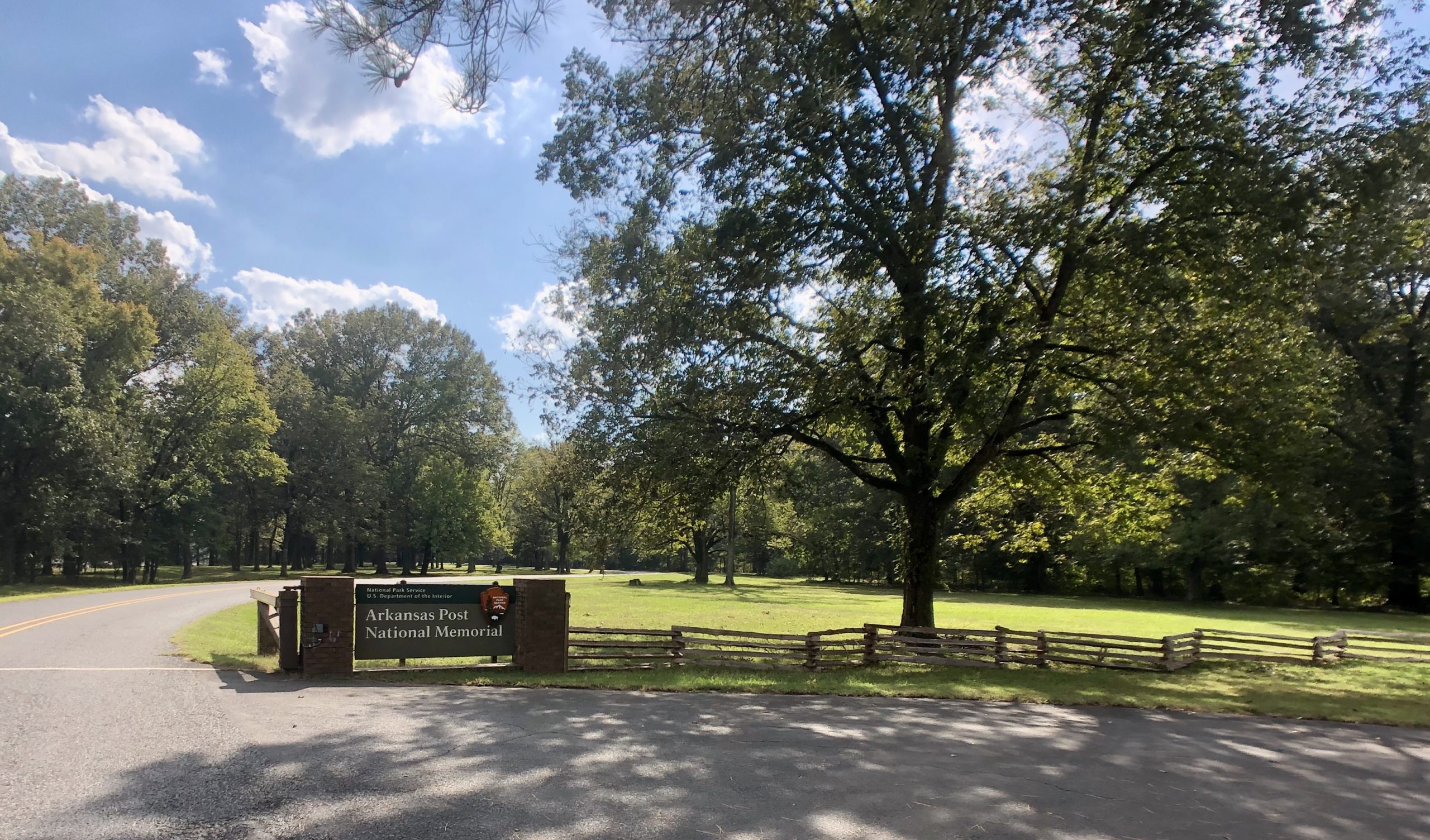
“In front of the Arkansas Post National Memorial visitor center is a circle of six flagpoles, from which fly flags representing countries that have laid claim to the Arkansas Post region since 1686.” – NPS
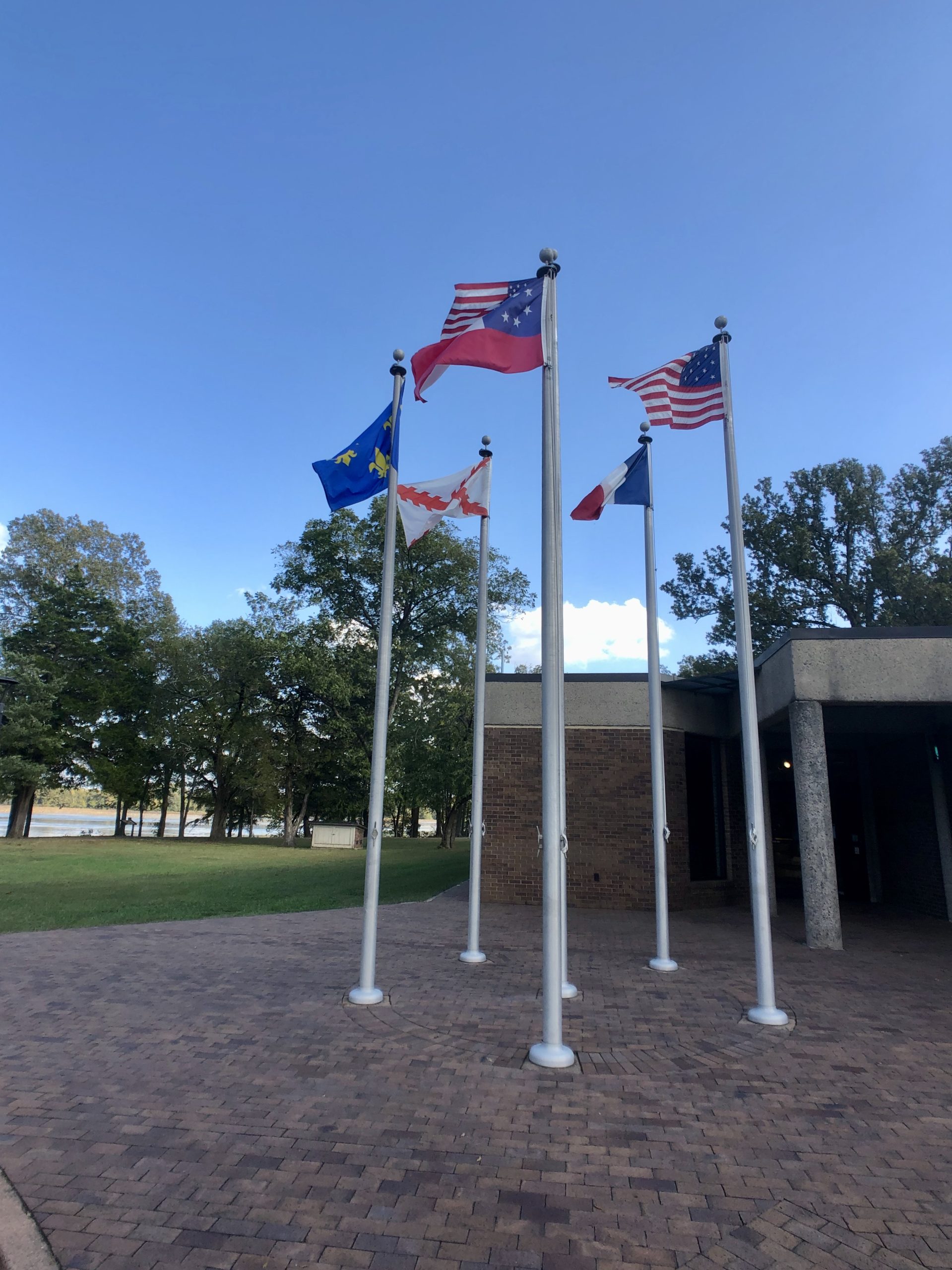
“The Arkansas Post (French: Poste de Arkansea) was the first European settlement in the Mississippi Alluvial Plain and present-day Arkansas. Henri de Tonti established it in 1686 as a French trading post on the lower Arkansas River, where the French and Spanish traded with the Quapaw people for years.” – Wikipedia
Americans acquired the territory in 1803 with the Louisiana Purchase.
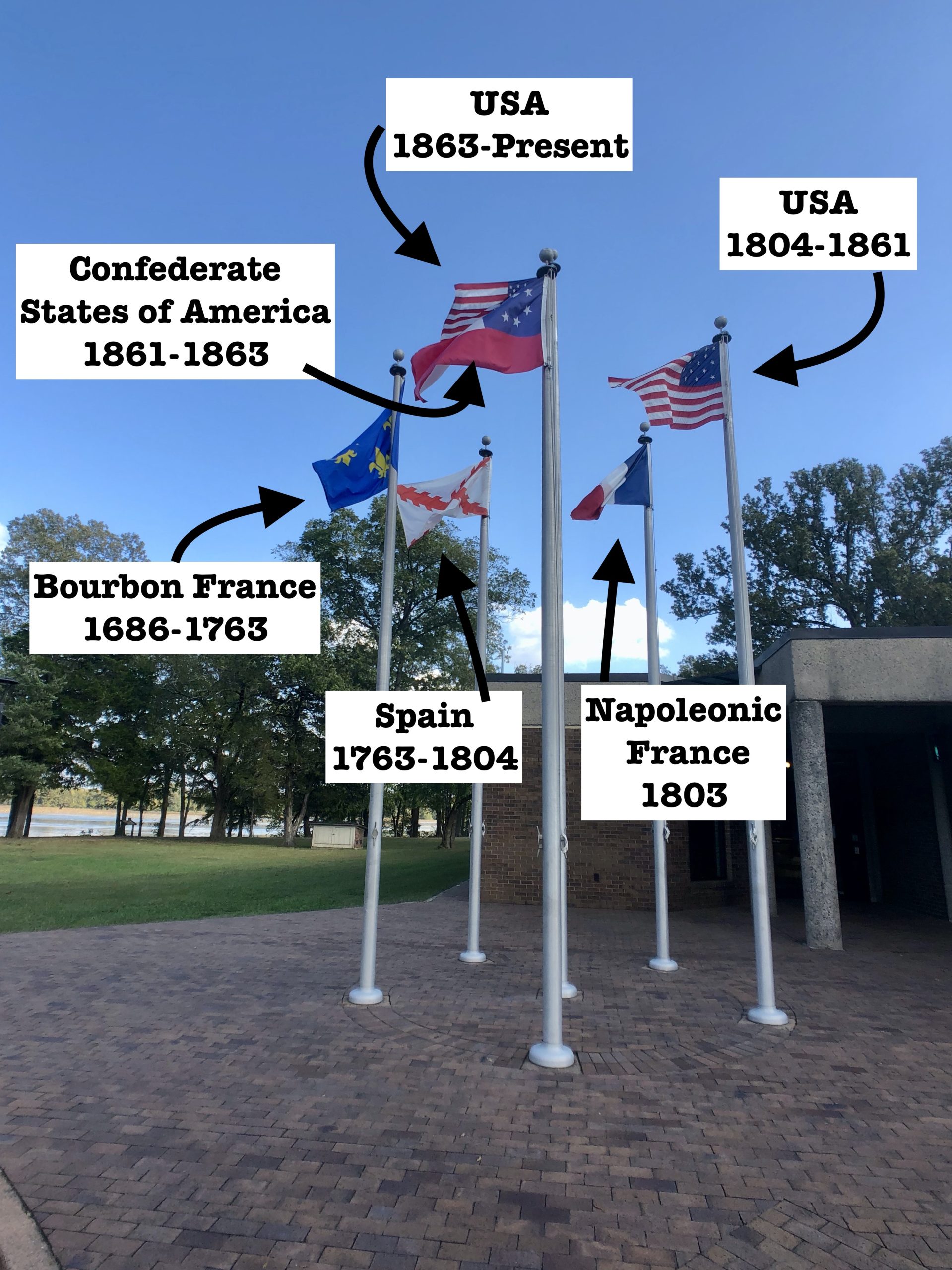
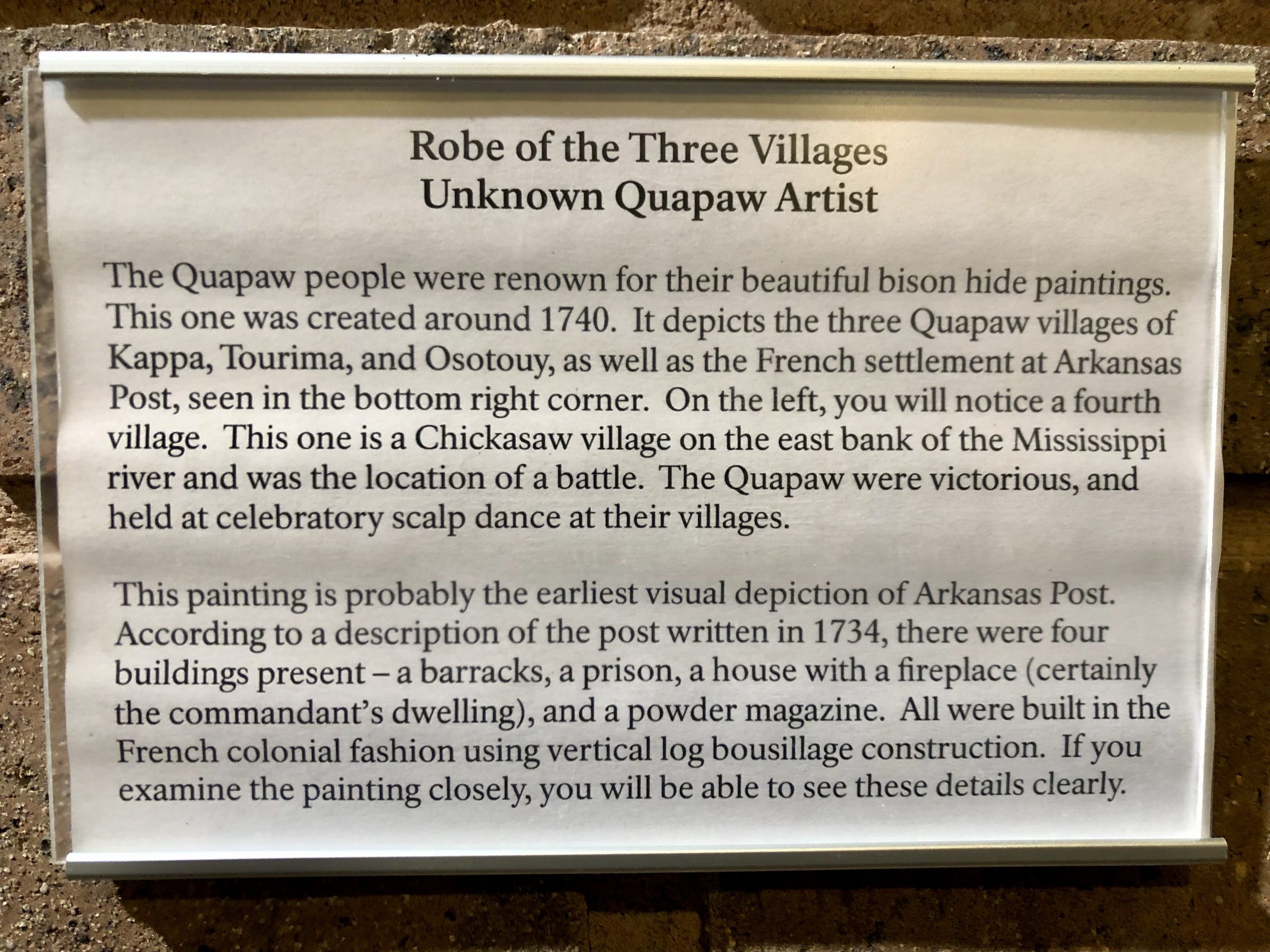
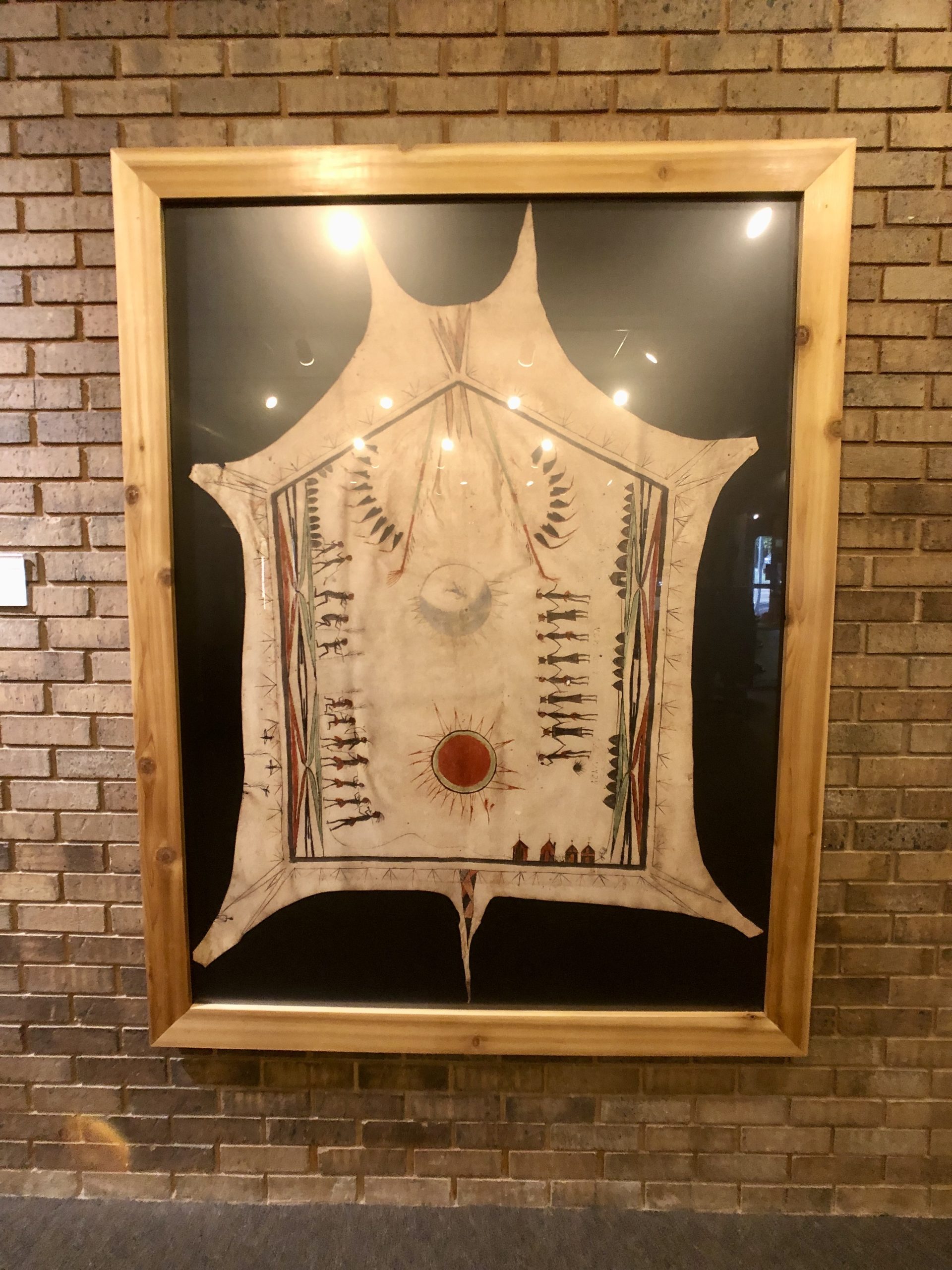
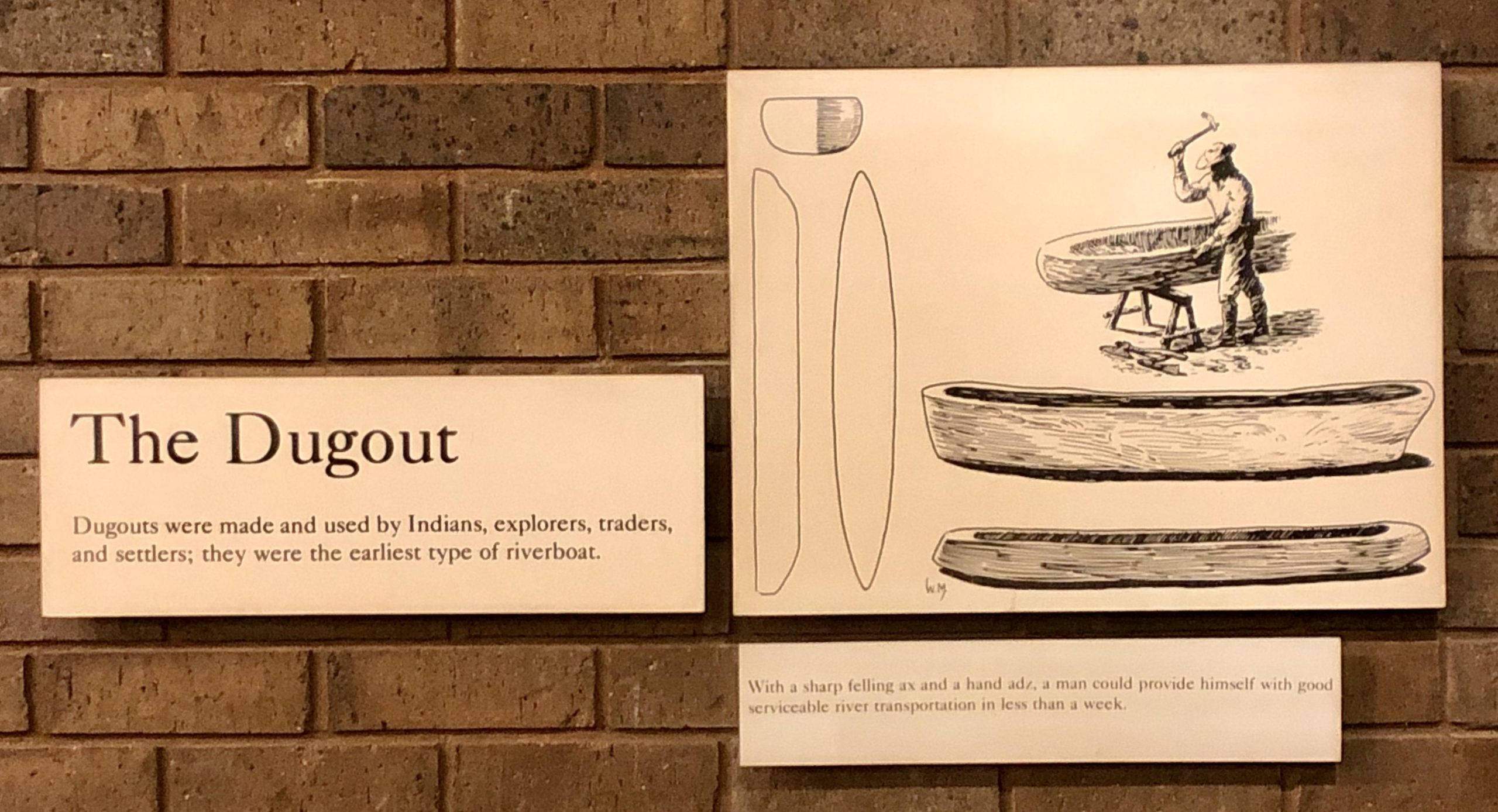
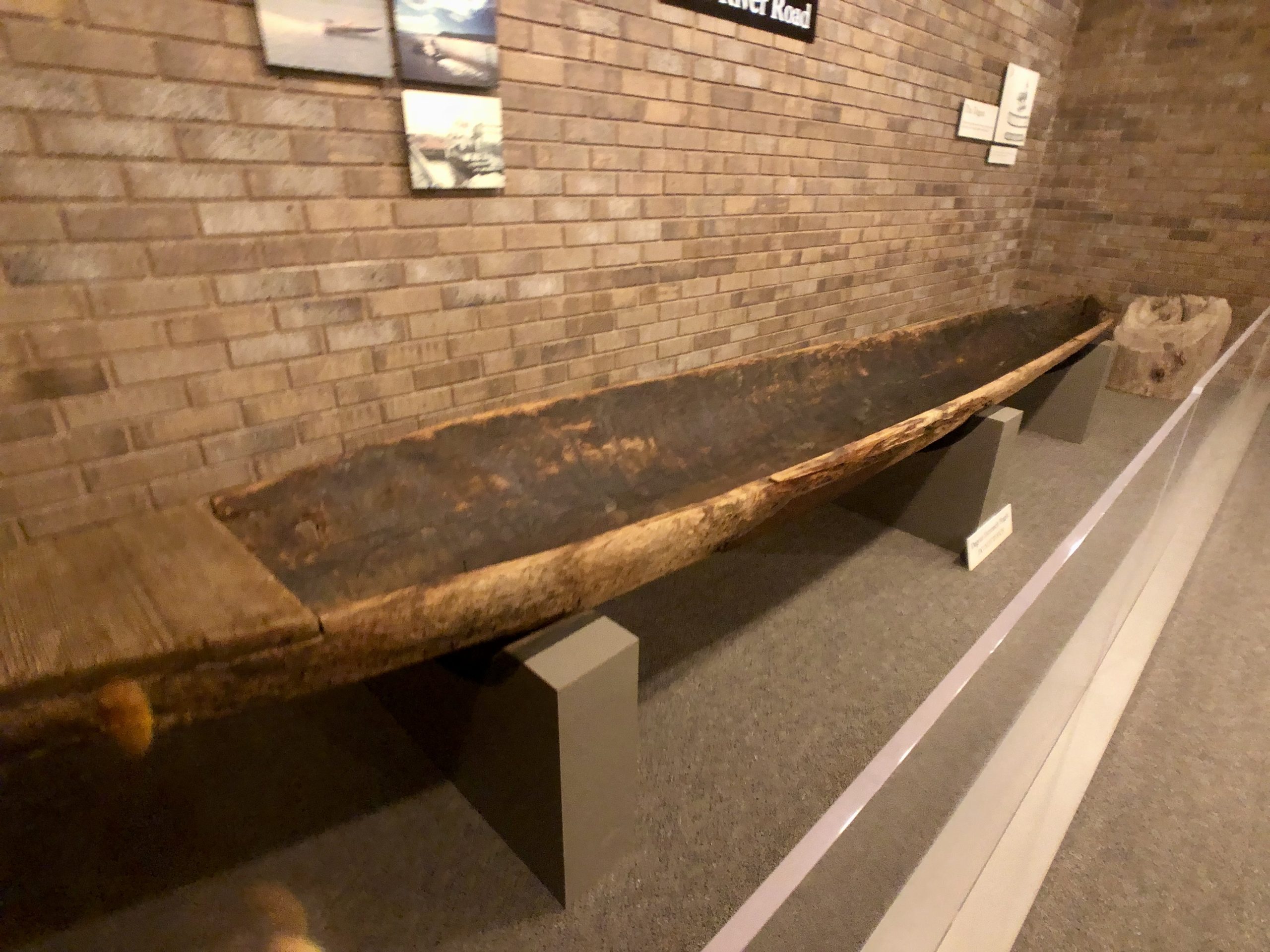
“France, Spain, and Great Britain contended for the junction of the Mississippi and Arkansas Rivers – gateway to Indian trade, key to control of the rivers.” – NPS
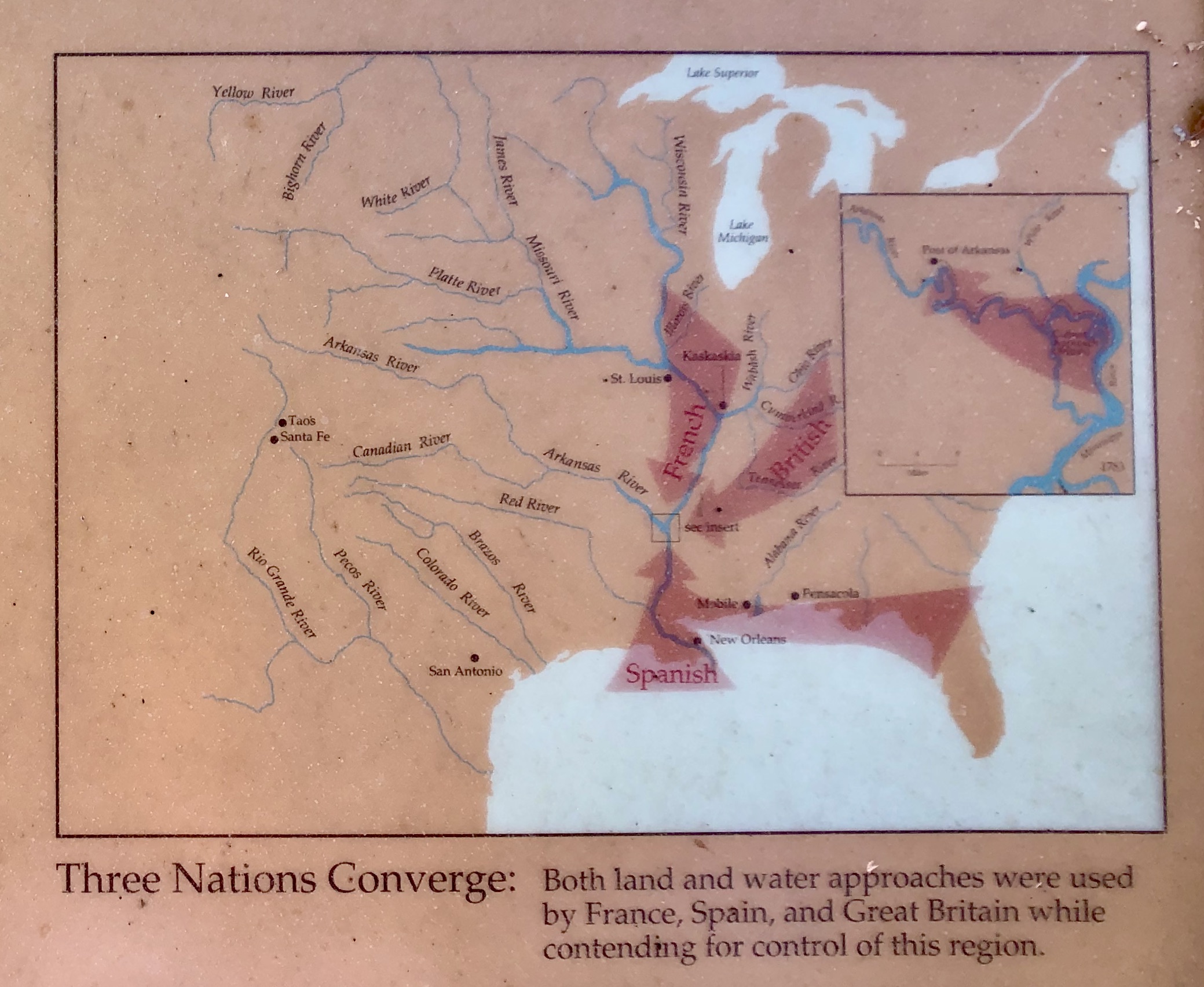
“During the American Civil War, the post remained an important strategic site militarily. In 1862, the Confederate States Army constructed a massive defensive earthwork known as Fort Hindman, named after Confederate General Thomas C. Hindman. It was located on a bluff 25 feet above the river on the north bank, with a mile view up and downriver.” – Wikipedia
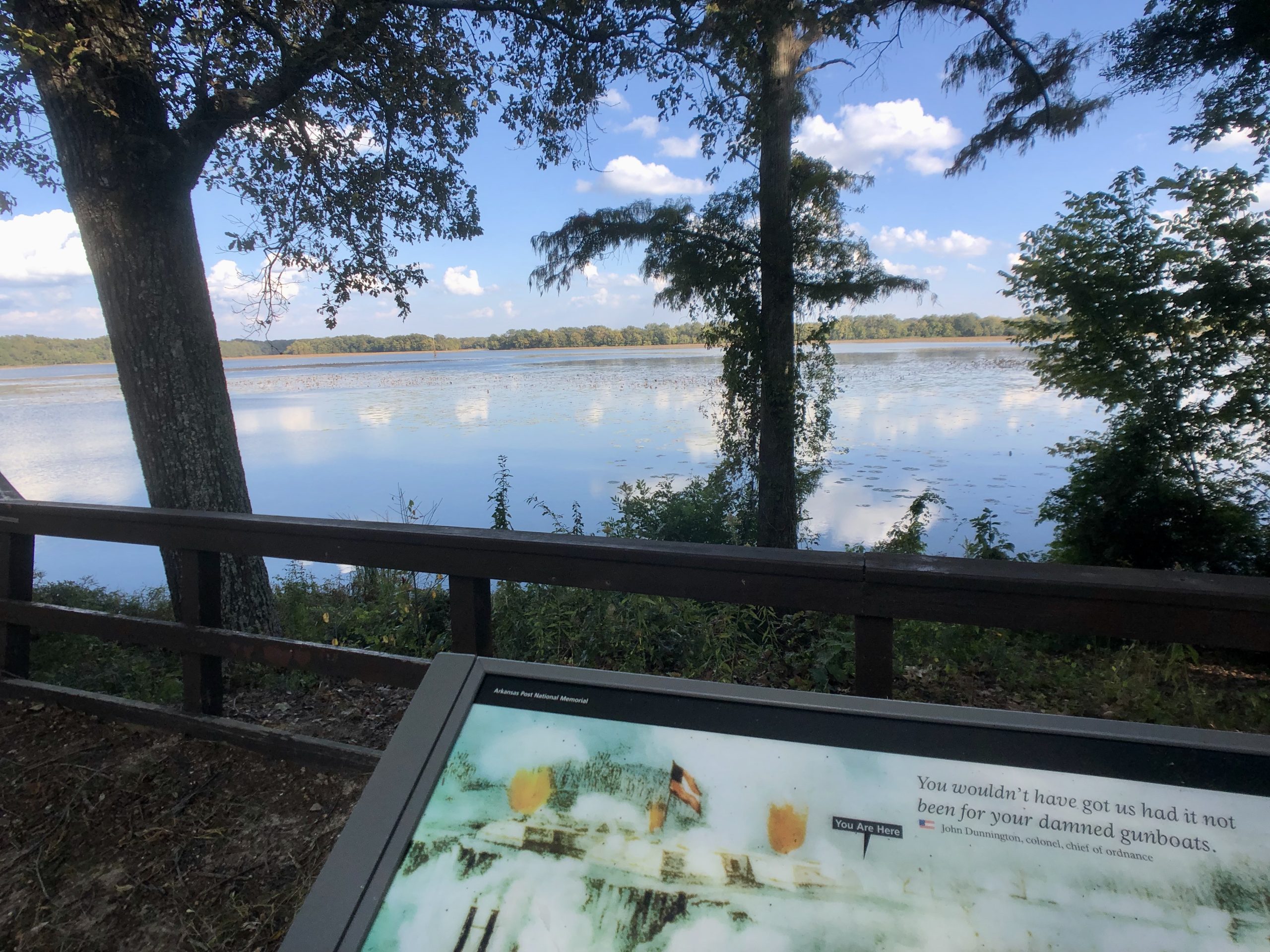
“Standing here in January 1863, you would have seen Confederate Fort Hindman. In what is now the water, the fort stood atop a 25-foot high bluff. The fort’s cannon could fire a mile up or down the river…
…Soon after the fort was finished, a massive Union army-navy force attacked. What they did not demolish, the river has washed away. The Arkansas River’s changing course swallowed all traces of Fort Hindman.” – NPS
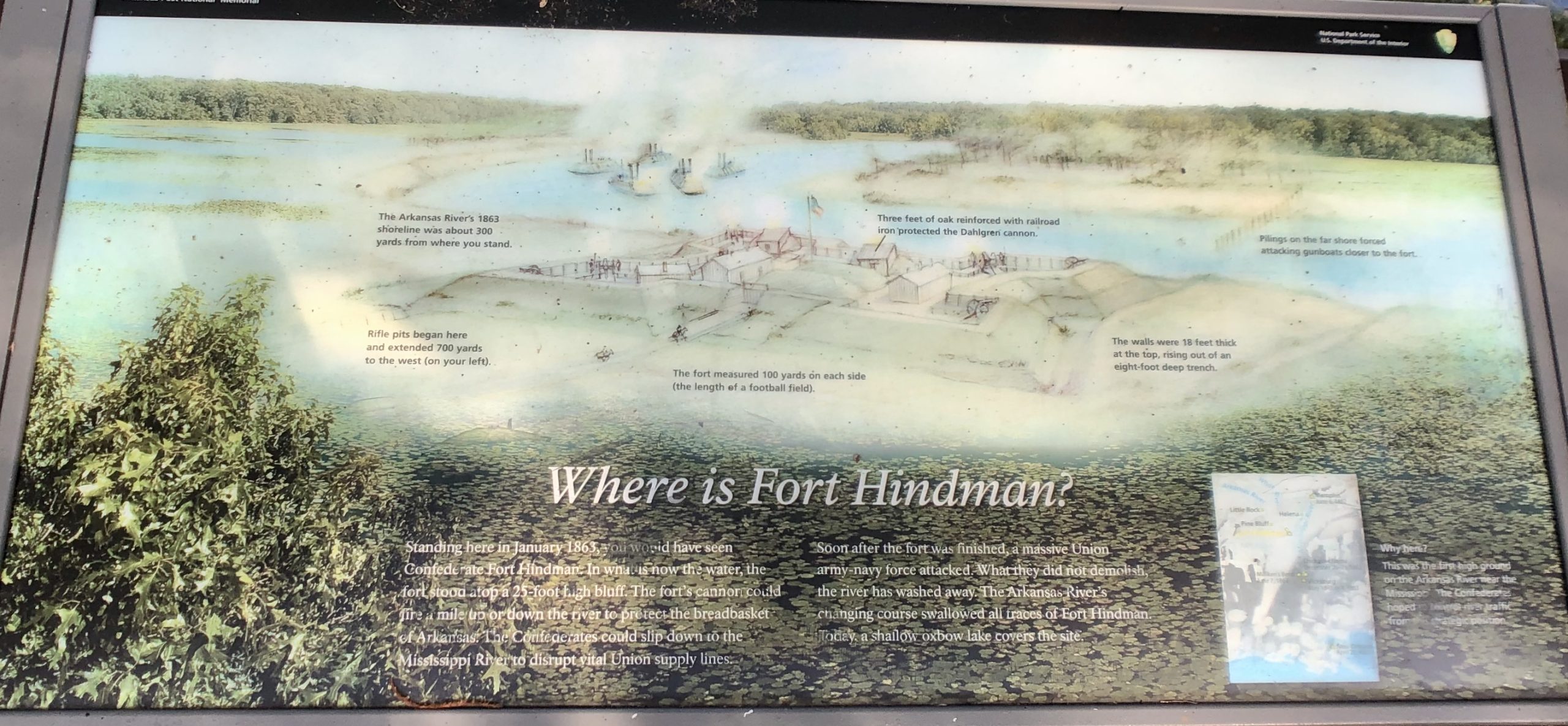
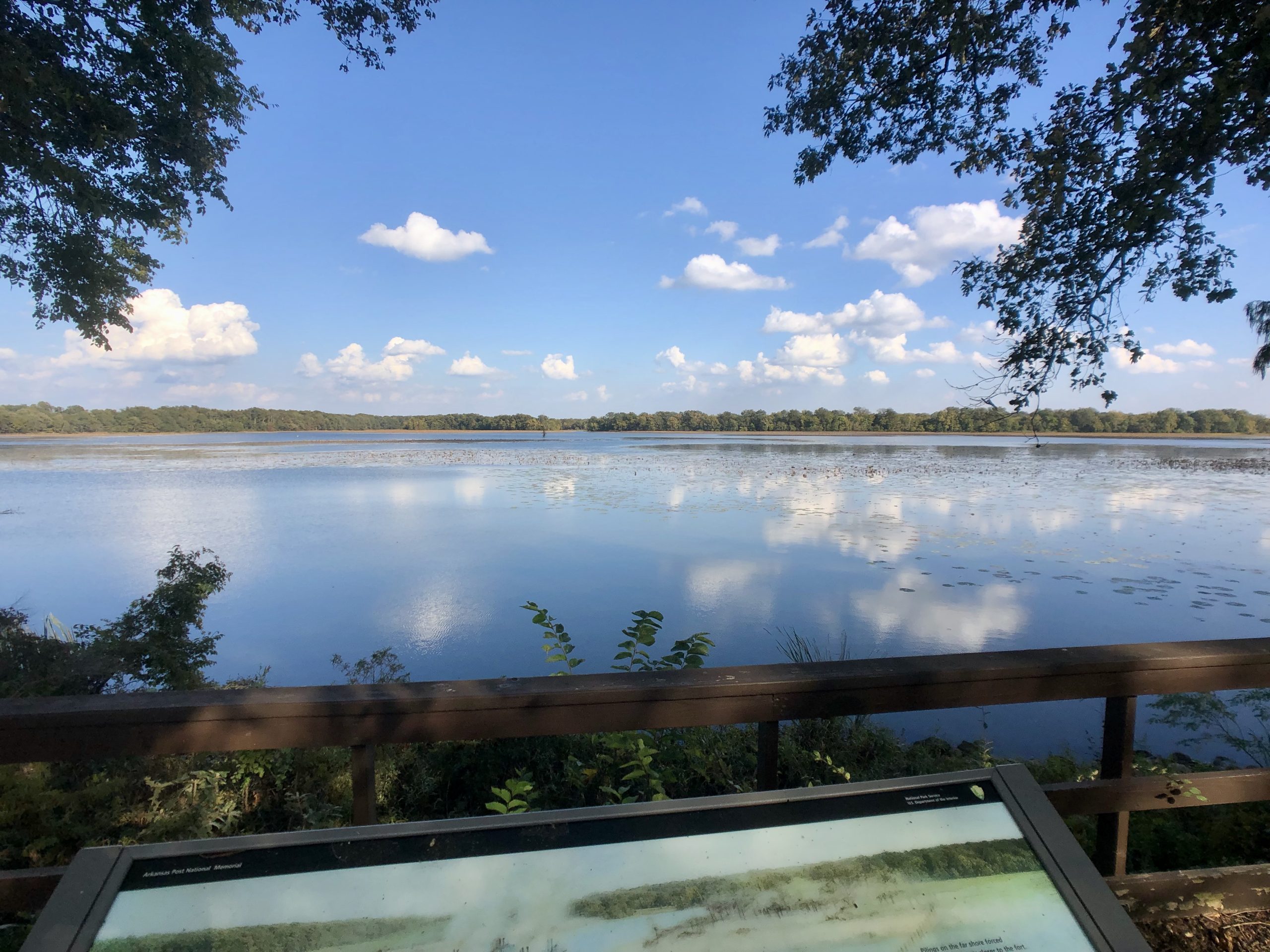
“The loss of Fort Hindman made the flow of supplies easier for the Union, and more difficult for the Confederates. 5,000 soldiers were taken prisoner. The Union troops moved on to attack Vicksburg with their confidence restored from the victory here at Arkansas Post.” – NPS
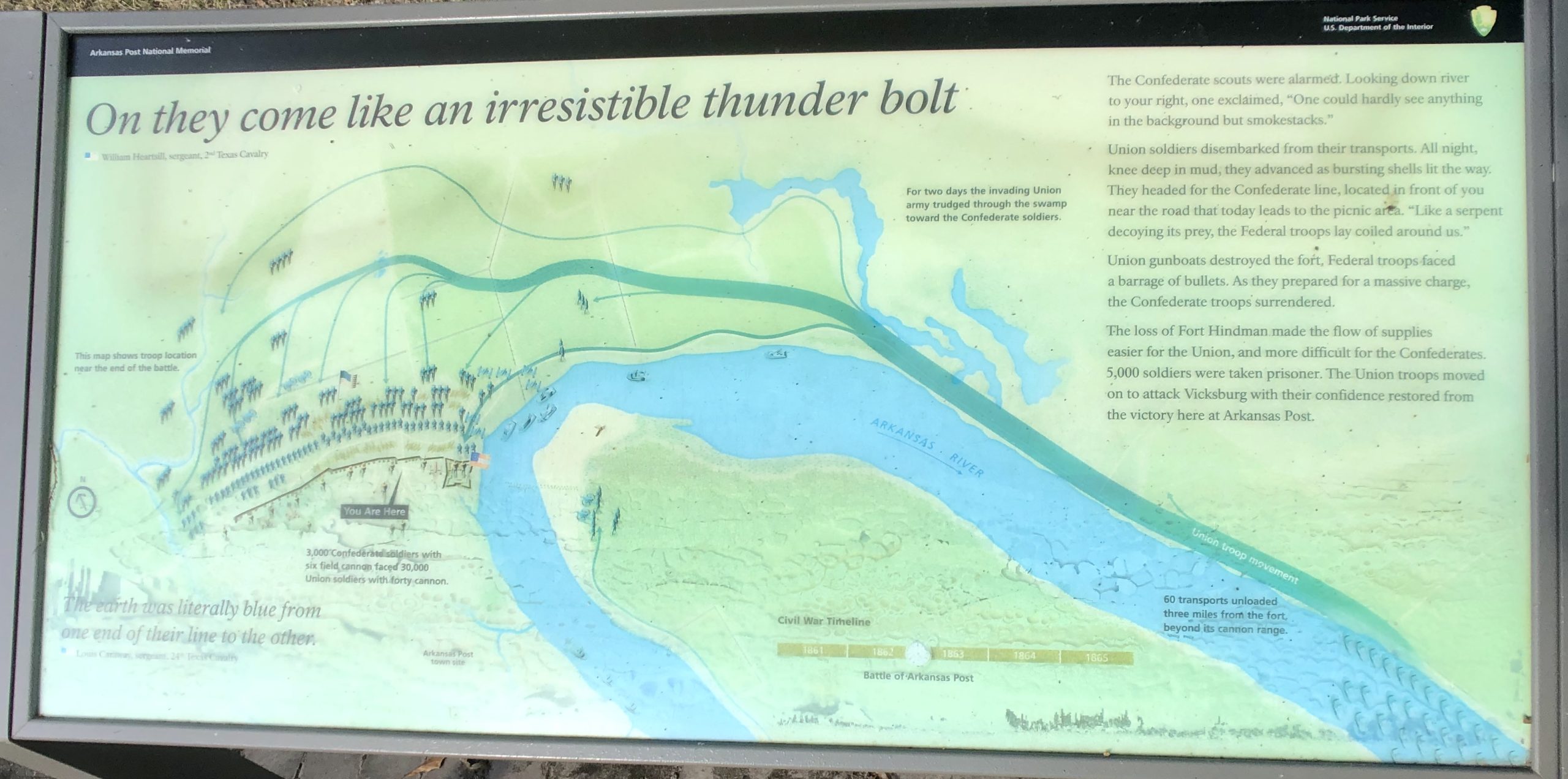
The park ranger told us that an American Alligator was sunbathing on the bank near the visitor center. It was a cute little guy just chilling along the bank of the river, though we kept our distance. We aren’t crazy enough to get too close.

Some interesting facts we learned about American alligators from the park ranger:
- – When Europeans arrived in Arkansas, American alligators ranged from Little Rock to Memphis throughout the Mississippi River floodplain.
- – The Arkansas alligator population tumbled between 1860-1960 because of unregulated hunting and draining of wetlands. They became an endangered species in 1973 and were removed from the list in 1987 after their numbers rebounded.
- – Adult males (“bulls”) bellow from swamps and marshes each spring. They inflate their lungs, arch their heat and tail above the surface, and roar to challenge rival males.
- – Females (“cows”) lay 30-45 eggs in a mound of soil and vegetation 2-3 feet high and 5-6 feet wide by July 1. They remain near their nests for 65 days to guard against predators such as raccoons, opossums and feral hogs. When the young hatch in September, they begin to yelp. Females open their nests and carry their young in their mouth to the nearest water. The young stay with their mothers until the following spring.
- – If an alligator is crossing a road, give it room to continue; the closer you get, the more likely the alligator is to stop.
And most interestingly, American alligators don’t feed between October and March. They bask on warm fall and winter days, but they don’t feed because they can’t digest food and low temperatures.
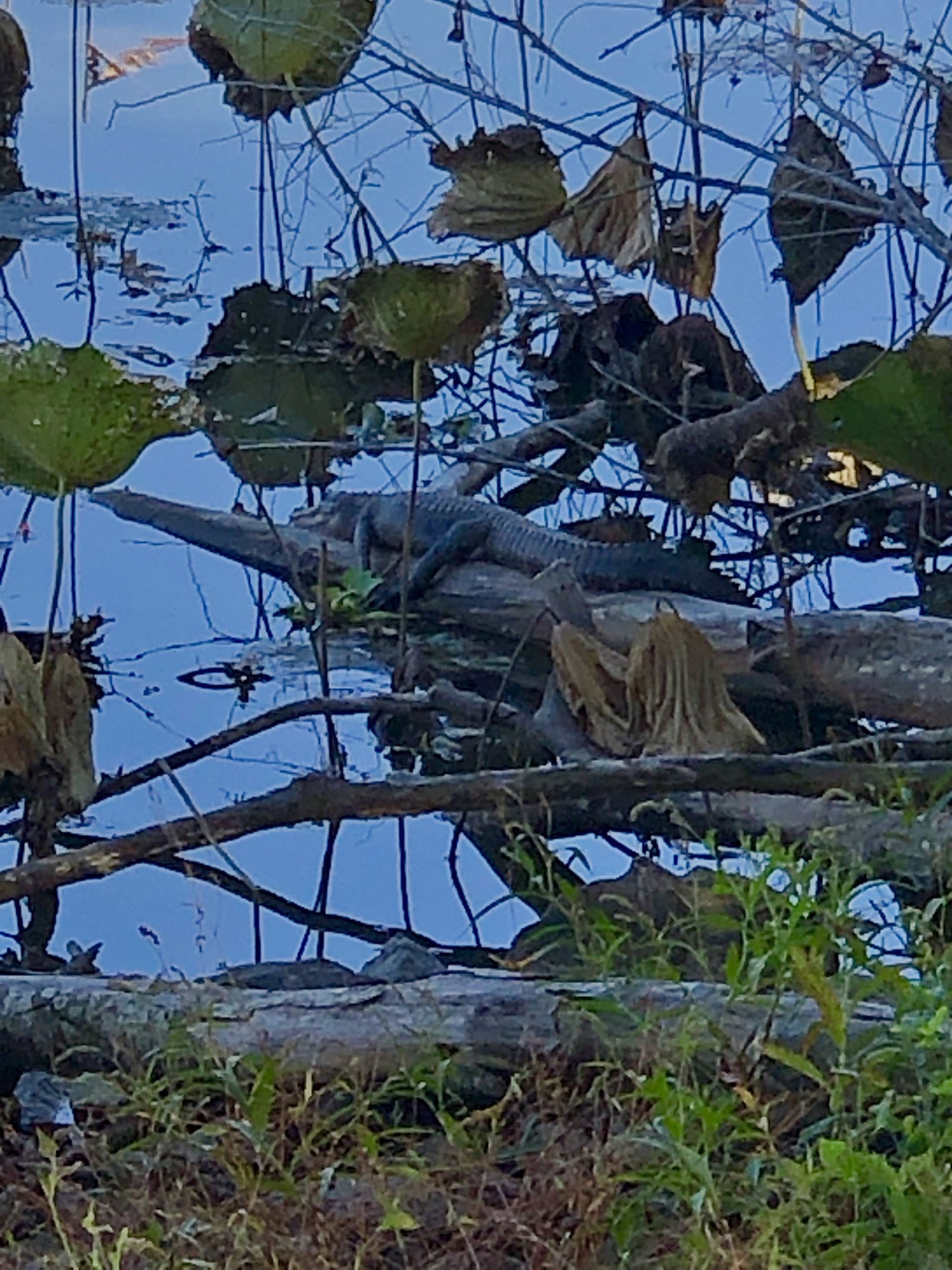
We stayed at nearby Pendleton Bend, an Army Corps of Engineers campground located on the bank of the Arkansas River.
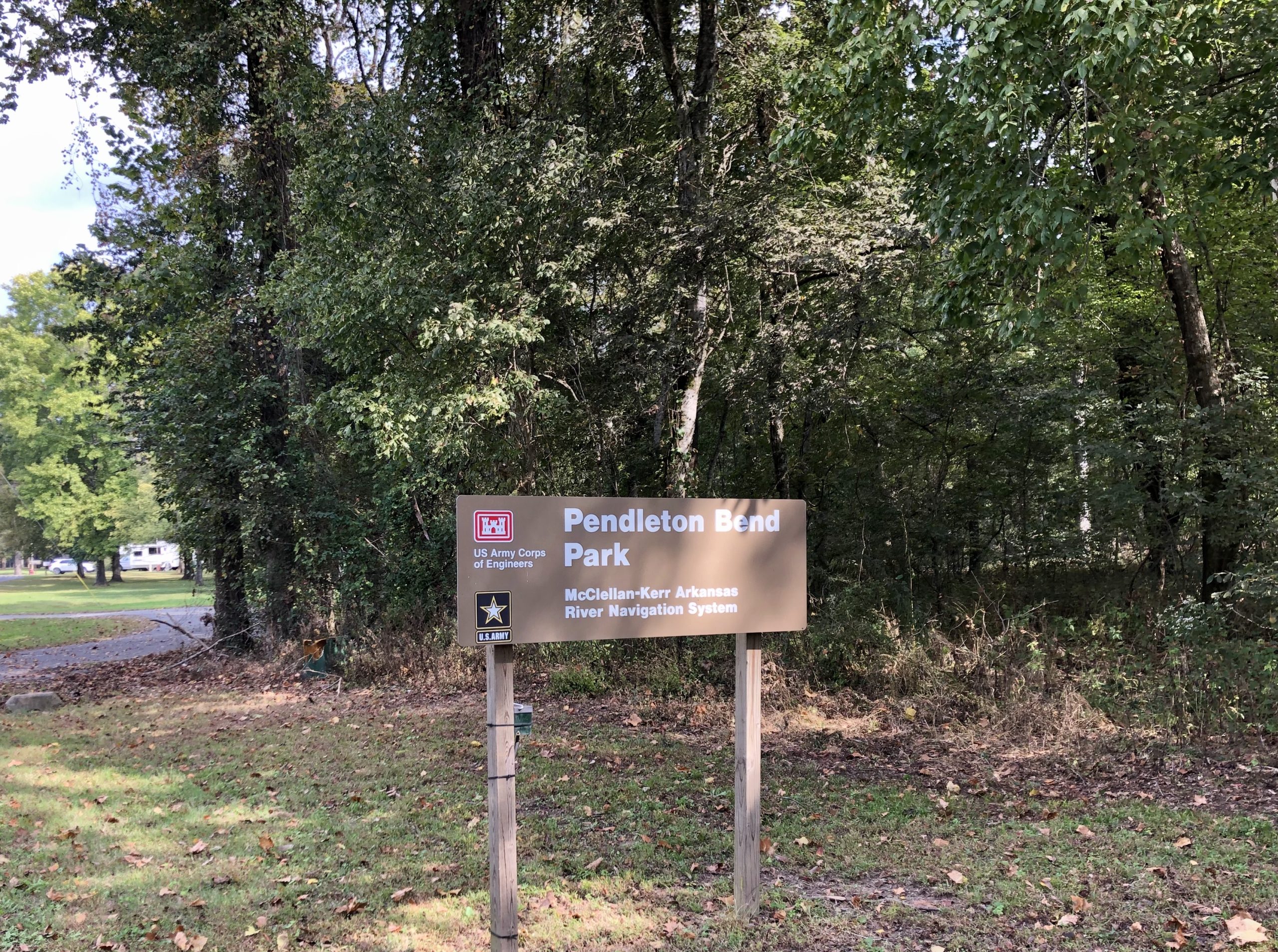
It was late October when we were here so there were only a few other campers, which made it a nice quiet park for our visit. There was very limited cell and internet coverage and the nearest town was about 15 minutes away. It was fine for an overnight stay but we probably won’t be back.
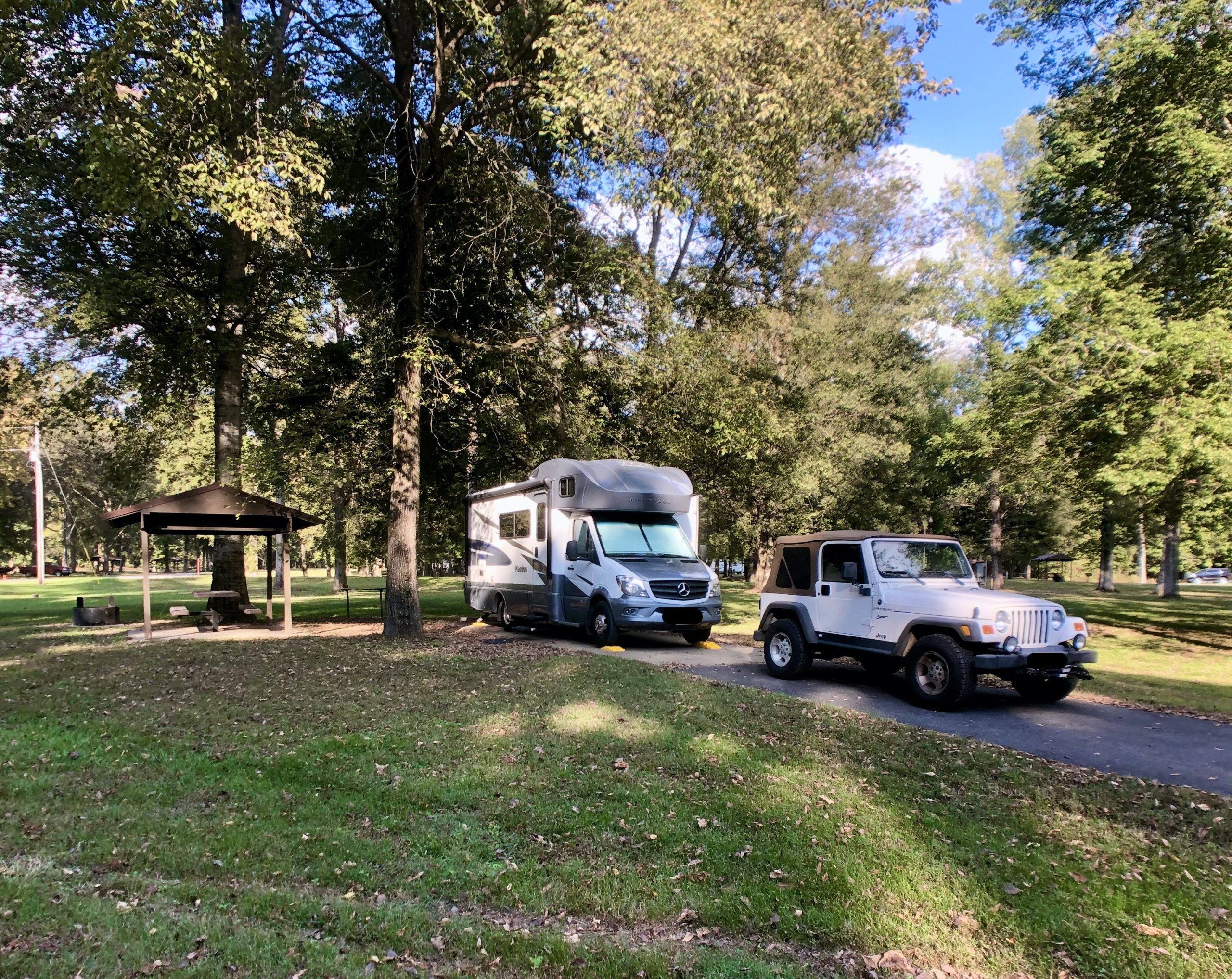
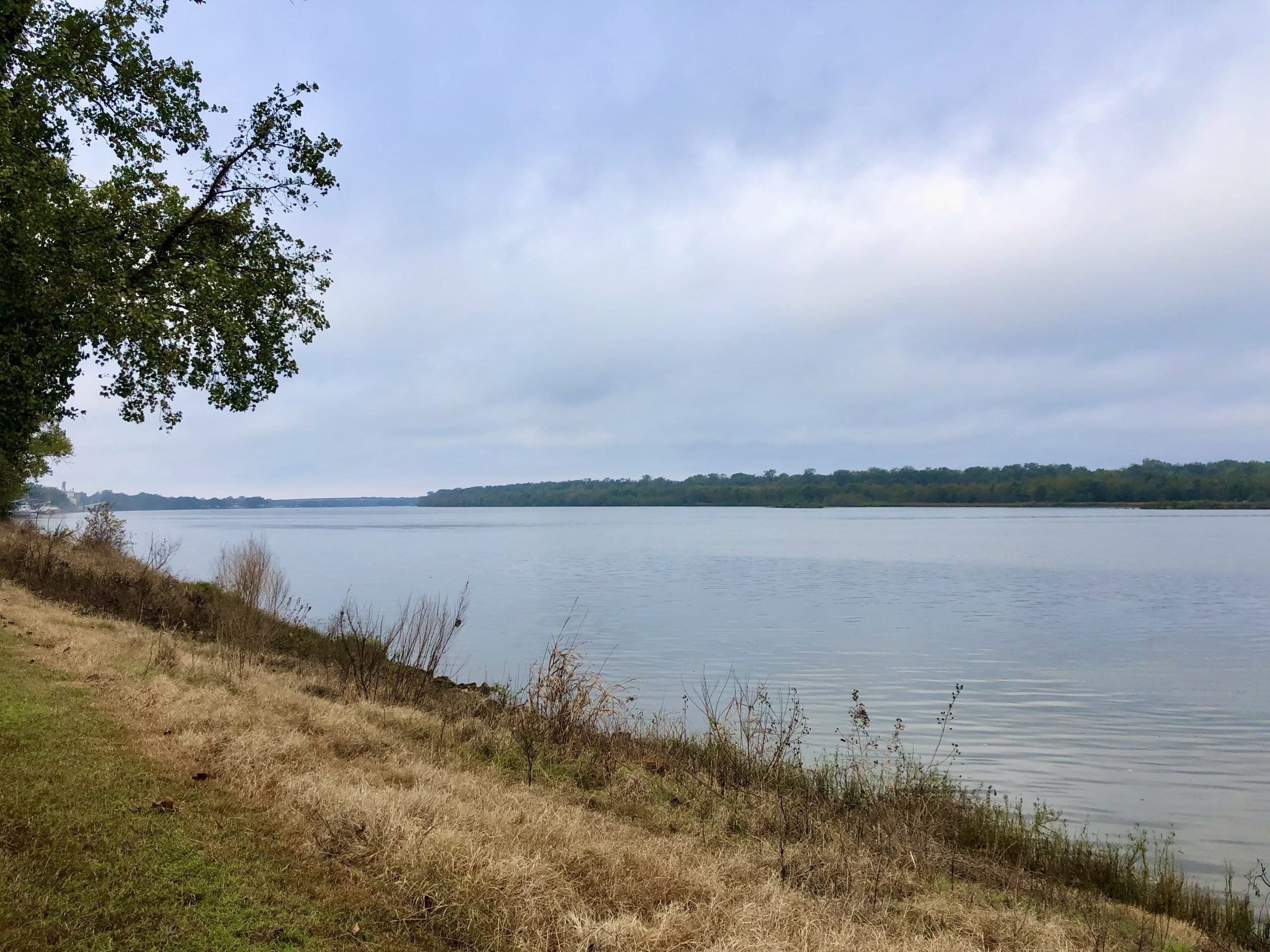
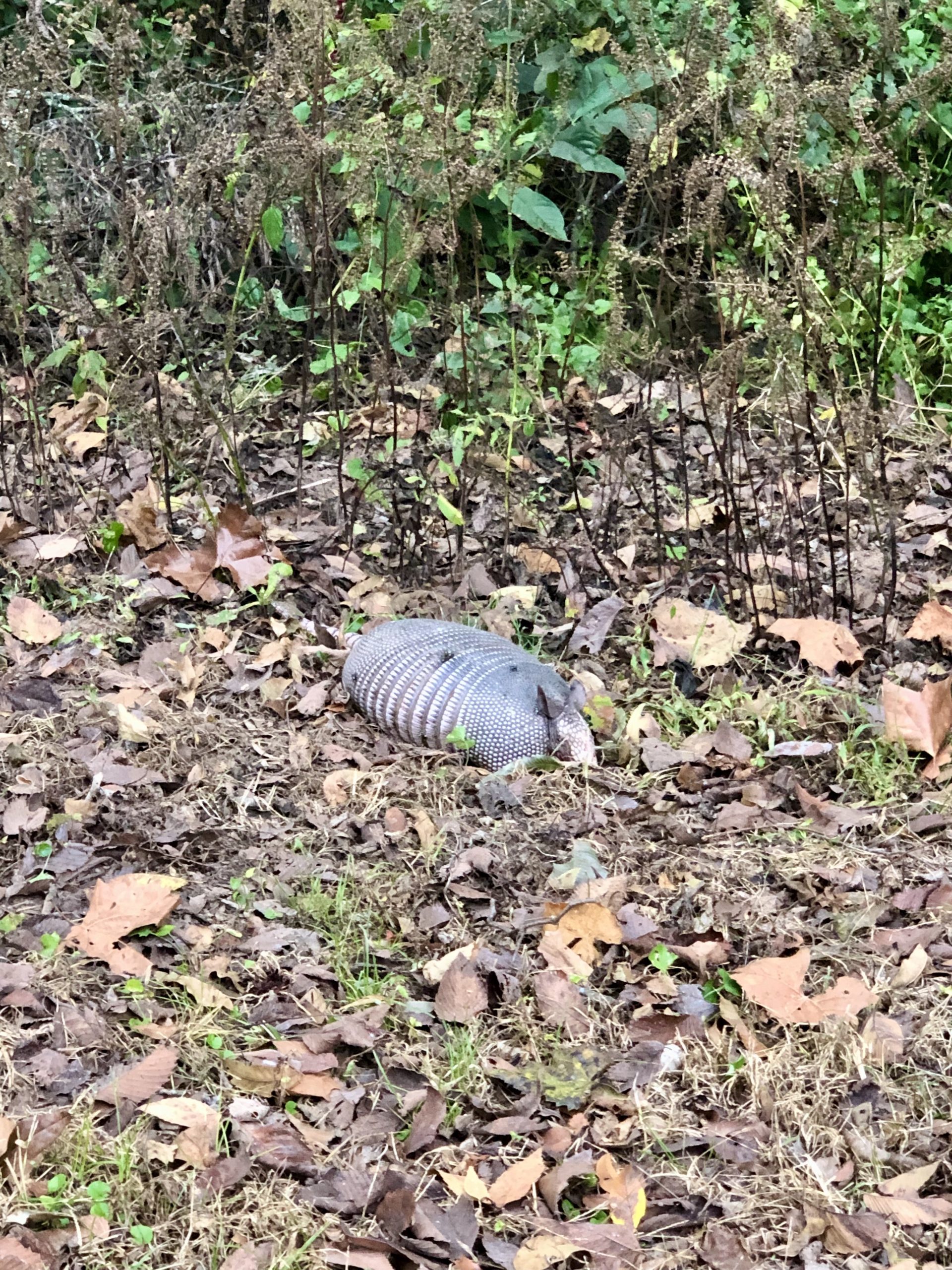
Overall, this was a good stop along the way.

